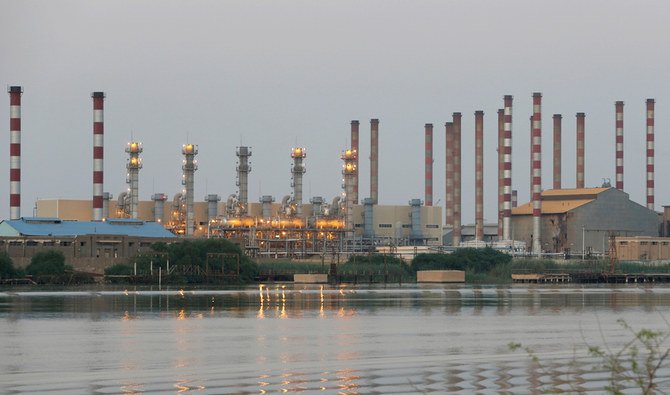
Despite mixed signals from the International Energy Agency (IEA) oil monthly report, prices extended weekly gains and rose to the highest level in more than 13 months on signs that the global market is tightening and demand is improving.
On the week’s closing, Brent crude price breached the $60 mark and closed the week higher at $62.43 a barrel. The West Texas Intermediate (WTI) crude price also extended its rally and closed the week higher at $59.47 a barrel.
Although the IEA warned of a fragile outlook for oil demand recovery during the first half of 2021 and lowered its demand outlook in light of coronavirus challenges, it expects a rapid drawdown of global inventories in the second half.
This was a bit confusing to the market as the IEA reported that the latest data for OECD oil stocks (December 2020) fell for the fifth consecutive month, recording a huge monthly decline of 44.6 million barrels to 138.3 million barrels above the five-year average. OECD inventories have been steadily declining since the third quarter last year.
Though the IEA gave bearish oil demand recovery signals for the first half of the year that weighed heavily on the near-term recovery in global oil demand, prices remained steady with an upward momentum with upcoming market tightness.
The IEA forecasts global oil demand to rise by 5.4 million barrels per day (BPD) to 96.4 million BPD in 2021, recovering by about 60 percent of the demand lost in 2020 amid the pandemic that has been incentivized by a positive economic outlook for the second half of 2021, along with from OPEC+ output cuts that showed great outcomes in the drawdown of surplus oil inventories.
The US Energy Information Administration (EIA) expects the Brent crude price to average $56 per barrel in the first quarter of 2021 and $52 per barrel over the remainder of the year. EIA expects lower oil prices later in 2021 as a result of the rising supply.
The EIA estimates US crude oil production to average 11 million BPD in 2021, down from 11.3 million BPD in 2020 and 12.2 million BPD in 2019, and will rise to 11.5 million BPD in 2022.
Both international benchmarks Brent and WTI futures curve are in backwardation, which helps the drawdowns from global inventories. The IEA reported that Brent’s 12-month backwardation breached $4/bbl (barrel of oil), returning prices to pre-pandemic levels as the futures markets drove prices higher, reflecting a favorable overall economic outlook for the 2021 second half.
The latest figures from the Commodity Futures Trading Commission show that crude futures “long positions” on the New York Mercantile Exchange at 695,209 contracts, increased by +18,950 contracts from the previous week (1,000 barrels for each contract).
• Faisal Faeq is an energy and oil marketing adviser. He was formerly with OPEC and Saudi Aramco. Twitter:@faisalfaeq


